M. A. P. Insights
|
 |
Posted on July 25, 2017
Pacifica is a country bordered by Western Pacific, Celebes, and South China Seas. The country has serious poverty concerns. In rural areas, the structure is semi-feudal and farmers are tradition-bound. Insurgency and extortion exist in the south islands. Agriculture lags behind its progressive neighbors.
This is a management case. Any semblance to reality is coincidental.
KEY PLAYERS
The chief executive officer (CEO), the chief planning officer, the sector chief officers of agriculture, land reform, natural resources, and chief local government officers.
CASE FACTS
1. Some 55% of the national population of 101 million in 2015 were rural, or 55.6 million.
2. About 16.7 million rural folk are poor compared to the 4.9 million who lived in urban areas. About three quarters of the poor reside in the rural areas.
3. Rural poverty incidence is almost three times that of urban poverty incidence: 30% vs. 11%.
4. Coconut, corn, and fishery folk are among the poorest of the poor.
5. Pacifica prides itself with talented people but many have migrated due to lack of economic opportunities.
6. Pacifica’s agricultural productivity and diversification lag relative to its peers.
7. There are products with market potentials if Pacifica’s sectors become competitive and allocate its scarce resources judiciously.
8. Most of the local politicians have little concern for inclusive rural growth.
COMPARATORS
Pacifica has the highest poverty incidence among peers. Overall poverty incidence is about twice the norm. Rural poverty is more than two-times the comparators.
QUESTIONS
1. Given the facts, how will the CEO achieve the strategic objective of inclusive growth?
2. What sectors/industries will have the largest impact on poverty reduction?
3. What are industries with high expansion potentials given market potentials?
4. How will scarce budget be allocated given benefit-cost ratios?
5. What are the major binding constraints?
The above questions need answers. Will Pacifica ever become a developing economy like its neighbors?

Rolando T. Dy is the Vice-Chair of the M.A.P. AgriBusiness and Countryside Development Committee, and the Executive Director of the Center for Food and AgriBusiness of the University of Asia & the Pacific.
http://map.org.ph
